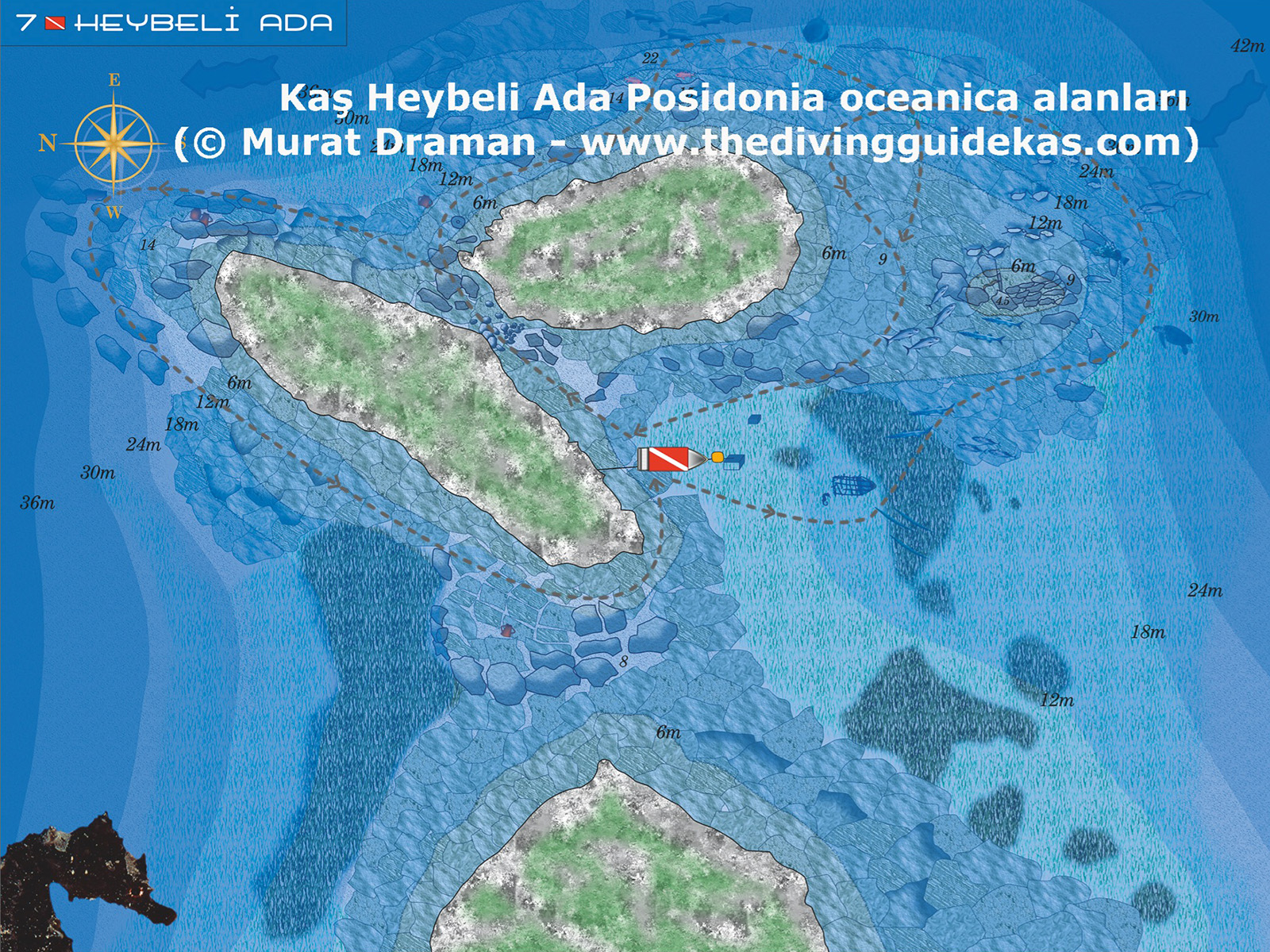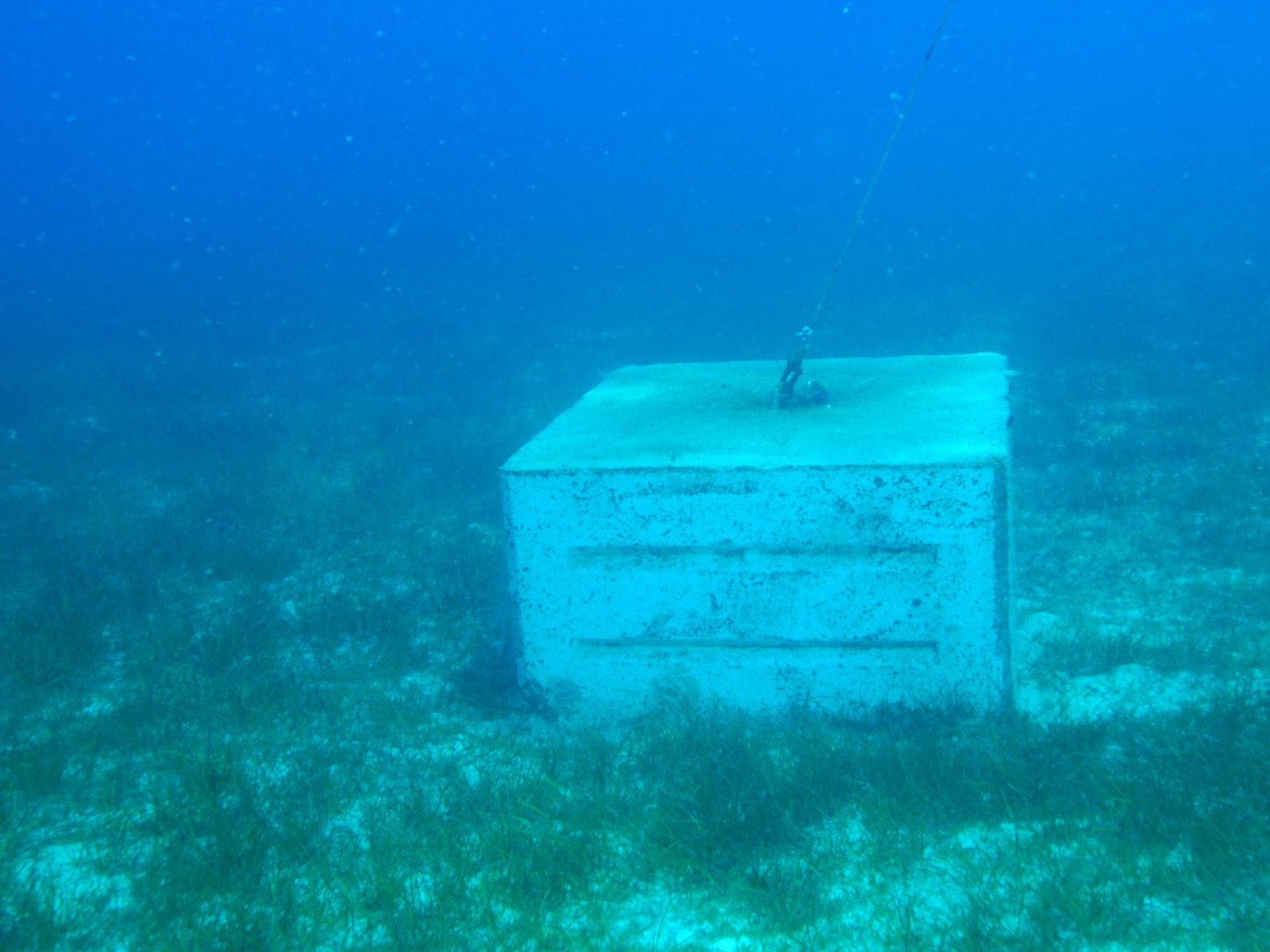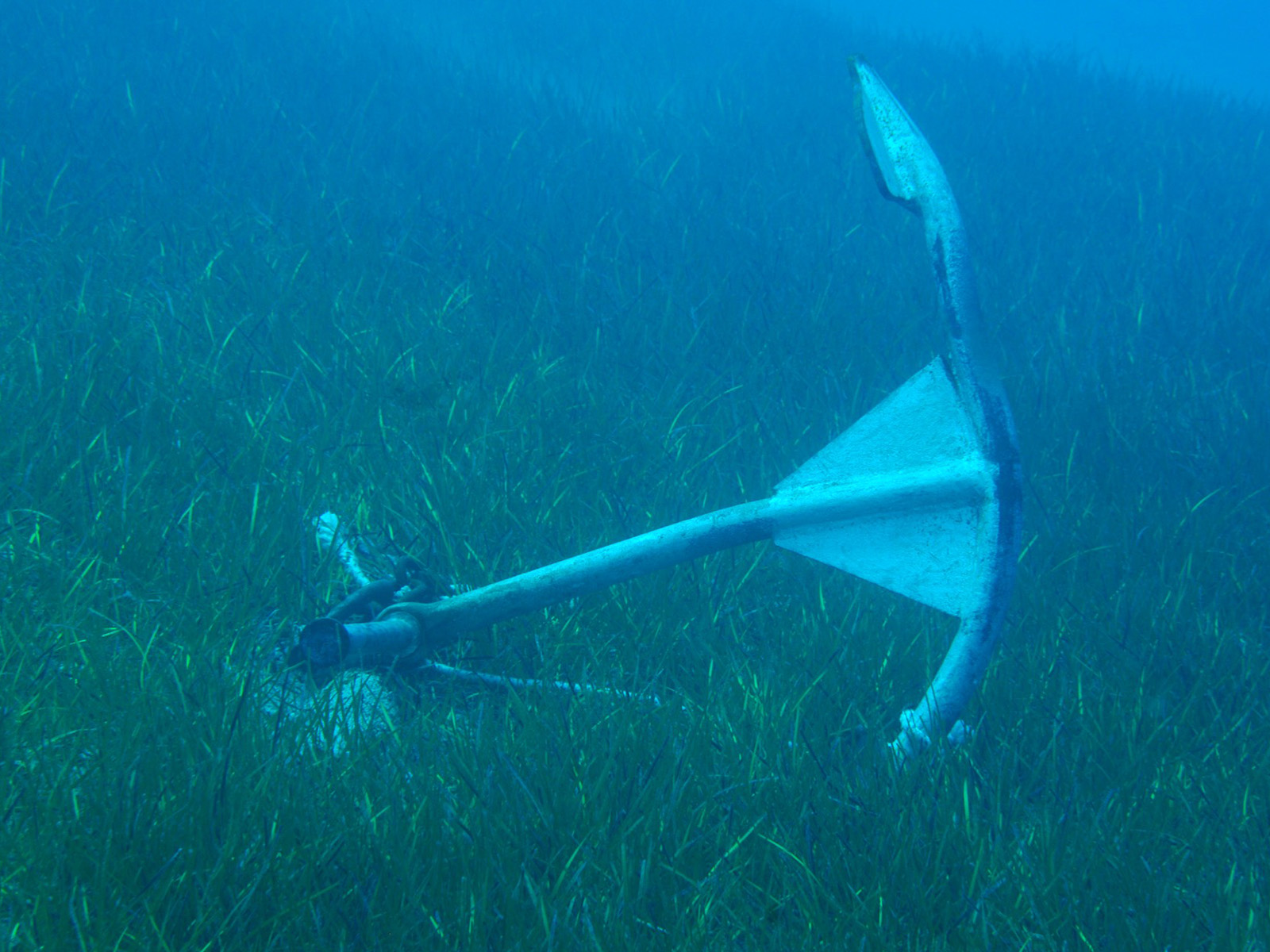The endemic species unique to the Mediterranean, “posidonia”, is in danger!
"Posidonia", an endemic species unique to the Mediterranean, are endangered!
Playing an important role in our ecosystem, "Posidonia", an endemic species of seagrass (Posidonia oceanica) unique to the Mediterranean, are in danger of extinction. We asked Murat Draman, a diving instructor and underwater guide who is also very interested in underwater biology, about this important issue.
Şahika Merve Akçap: Our world works in perfect order. But with the world's growing population, this order has been disrupted. This has severe consequences for us, for our world and for all other living things. Posidonia are an important part of this order. Let's start with the basics... How many species of seagrass are there?
Murat Draman: As someone who has been diving in the Kaş region for years, I can say that there are 4-5 species of seagrasses in our region that have enough density to create an ecosystem. These are Posidonia (Posidonia oceanica), fine seagrasses (Cymodocea nodosa) and alien species entering the Mediterranean from the Red Sea. For example, Halophila (Halophila stipulacea) and various species of Kolerpa (Caulerpa sp.).
ŞMA: Are seagrass meadows found in every sea?
MD: There are different types of it in all seas and oceans. The ones endemic to the Mediterranean are called Posidonia or seagrasses.
ŞMA: So why are seagrass meadows important for our ecosystem?

MD: Seagrass meadows not only support the continuation of life in the seas by producing oxygen, but also play a role in maintaining the acid balance of seawater by absorbing carbon on a large scale. They sustain a rich fauna that hides in their ecosystems and feeds on their surroundings. They also provide an environment for thousands of species of young creatures to hide and develop in their first days.
ŞMA: Does the oxygen produced by seagrasses also benefit creatures on land?
MD: Of course! Considering that most of the world's oxygen is produced in the seas and oceans, seagrasses, like other marine plants, make an important contribution to life on land. In fact, they are indispensable for the cycle of life on earth.
ŞMA: We know that seagrass meadows are endangered. How did this danger come about?
MD: Global warming caused by our energy choices is causing the seas to heat up. Domestic and agricultural wastes, as we consider the sea as an endless garbage dump, disrupt the chemical balance of seawater, and suppress living conditions. The microscopic algae and life explosion (eutrophication, mucilage) caused by the disturbed balance cuts off the light and water exchange necessary for the life of seagrass meadows, causing them to die and rot. This is a very dangerous vicious circle!
Since seagrass meadows are located at depths that reach light, they are also accessible to humans. Net fishing, which causes serious damage to the seabed, and the careless and uninformed anchoring of amateur and commercial boats in marine tourism on seagrass meadows cause these plants to be uprooted from the seabed and injured.
On the other hand, natural events such as storms and sometimes regionally high numbers of species that feed heavily on seagrass can cause serious damage to seagrass, although not as much as humans. The lovely green sea turtles (Chelonia mydas) have also become a threat to the thin seagrass meadows, staying as pods.
When human and natural impacts damaged seagrasses, breaking down their continuous structure, and the increasingly unfavorable chemical and thermal environment prevented them from repairing themselves and reproducing, the shrinking of seagrass areas became inevitable.

ŞMA: Let's ask bluntly then... what happens if we lose the seagrass meadows?
We know that without them, marine ecosystems would collapse. That's why they urgently need to be protected.
ŞMA: So how can we save them?
MD: The first thing to do is to put the area under protection. That way we can prevent boats from anchoring in seagrass meadows. Seagrass areas need to be identified by maps or observation and boaters need to be informed. We need to equip the heavily used areas with mooring buoys to create opportunities for anchoring boats without the use of anchors.
The buoys should be in a healthy way, they should be placed in such a way that they do not harm the meadows, information mechanisms, usage rules and controls should be established, and similar studies should be carried out. Of course, these are issues that require serious financing and know-how.
In parallel with these point-shots to reduce the pressure of use, the quality of seawater needs to be improved, and all flora and fauna in it should be cleaned of chemical pollution that is not favorable to their living conditions.
ŞMA: The project to increase the area of seagrass meadows by planting them is also something that the scientific world is working on, isn't it?
MD: Yes, this kind of work is also being done. But just like for corals, failure to take the precautions outlined above will have a negative impact on these projects.
ŞMA: Thank you very much.

Interview: Şahika Merve Akçap, Setur Marinas Kaş Front Office Representative


